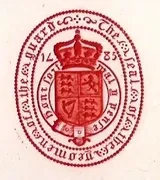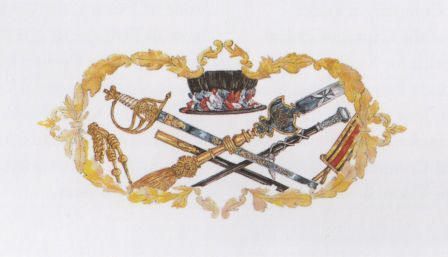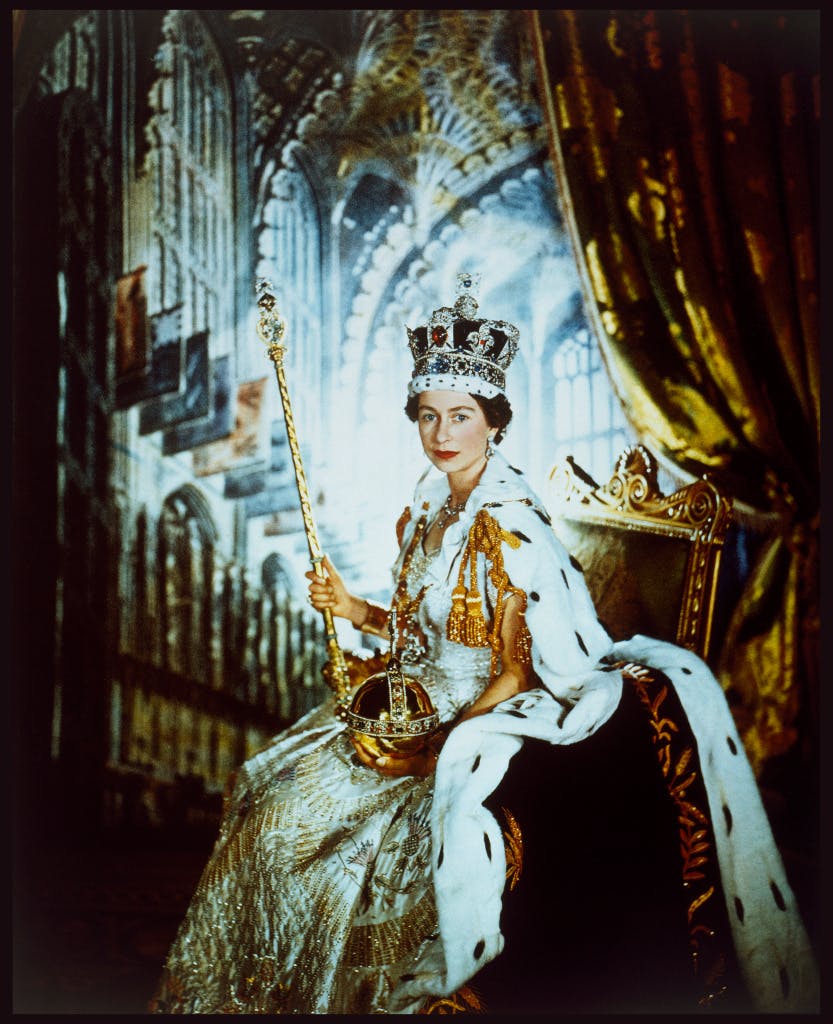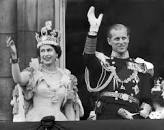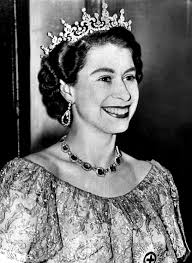The Queen accended the thrown on 6 February 1952 with Her Majesty's Coronation on 2 June 1953
The coronation of the new Sovereign follows the accession after an appropriate interval. The ceremony has remained essentially the same over a thousand years. For the last 900 years, the ceremony has taken place at Westminster Abbey, London. The service is conducted by the Archbishop of Canterbury (whose task this has almost always been since the Norman Conquest in 1066) in the presence of representatives of the Houses of Parliament, Church and State. Prime ministers and leading citizens from the Commonwealth and representatives of other countries also attend. The coronation is an occasion for pageantry and celebration, but it is also a solemn religious ceremony. During the ceremony, the Sovereign takes the coronation oath - the form and wording have varied over the centuries.
Today, the Sovereign undertakes to rule according to law, to exercise justice with mercy - promises symbolised by the four swords in the coronation regalia (the Crown Jewels) - and to maintain the Church of England. The Sovereign is then 'anointed, blessed and consecrated' by the Archbishop, whilst the Sovereign is seated in King Edward's chair (made in 1300, and used by every Sovereign since 1626). After receiving the orb and sceptres, the Archbishop places St Edward's Crown on the Sovereign's head. After homage is paid by the Archbishop of Canterbury and senior peers, Holy Communion is celebrated.
